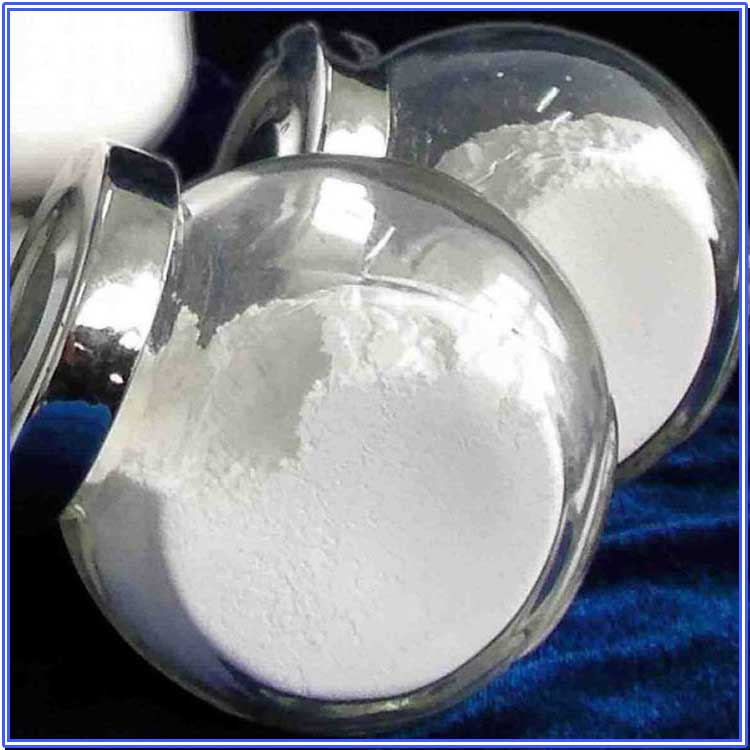Hebei Messi Biology Co., Ltd. stated that the raw materials for preparing silicon steel grade magnesium oxide are mainly magnesite (MgCO3), dolomite (CaCO3·MgCO3), magnesium-containing industrial byproducts, seawater or salt lake brine (MgCL2), etc. The production process can be divided into magnesium ore carbonization method and ammonium carbonate method with basic magnesium carbonate as intermediate, and brine pyrolysis method with basic magnesium chloride as intermediate.
1. Preparation of silicon steel grade magnesium oxide from salt lake brine
Brine is obtained by dissolving and filtering hydrochloric acid bischofite (MgCL2·6H2O) to remove solid suspended impurities, and then reacting with ammonia to prepare intermediate magnesium hydroxide:
MgCL2+2NH3+2H2O=Mg(OH)2+2NH4CL
Magnesium hydroxide is calcined at high temperature to obtain magnesium oxide:
Mg(OH)2=MgO+H2O

2. Preparation of silicon steel grade magnesium oxide by magnesium ore carbonization method
The magnesium ore carbonization method (dolomite, magnesite, etc.) is calcined at high temperature. The calcined magnesium oxide is hydrated, carbonized, and filtered to achieve the purpose of complete separation of magnesium and impurities. The magnesium-containing filtrate is then pyrolyzed to generate basic magnesium carbonate precipitation. The precipitation is filtered and calcined to obtain magnesium oxide products.
Silicon steel grade magnesium oxide was prepared by carbonization method using hydrochloric acid bischofite [3MgCO3·Mg(OH)2·3H2O] as raw material. The raw materials were loaded into a tubular resistance furnace and calcined at 750℃ for 1.5h. The calcined materials were hydrated for 1h at 90℃, and 1L of water was added to every 50g of the materials. The filtrate was then introduced with CO2 at 40℃, CO2 partial pressure of 04~0.6MPa and end point DH of 7 for carbonization reaction. The carbonized liquid was filtered. The filtrate was pyrolyzed at 90℃ to generate basic magnesium carbonate precipitate. The precipitate was filtered and dried, and then placed in a tubular resistance furnace and calcined at 900℃ for 1h to finally obtain silicon steel grade magnesium oxide with a hydration rate of <4% (mass fraction) and a suspension of 6mm/h. The study found that the hydration rate and apparent specific volume decreased with the increase of the calcination temperature of basic magnesium carbonate (800~1000℃), and the suspension increased with the increase of temperature.
Dolomite and anthracite are calcined in a high-temperature resistance furnace, and the calcined product is digested with water. The product is filtered by a combination of coarse screening-two-stage cyclone separation-vacuum screening, and the filtrate is carbonized. The mass concentration of MgO in the carbonized liquid is 26-30g/L, and the mass concentration of CaO is 42-45g/L. The filtered heavy magnesium aqueous solution is converted into basic magnesium carbonate precipitation by pyrolysis, and then calcined at 950-980℃ to obtain magnesium oxide after aging, washing, centrifugal dehydration, and drying. Silicon steel-grade magnesium oxide with a particle size of ≤3um and a hydration rate of 3.2% (mass fraction) is obtained, and all indicators are better than the enterprise standard.
Studies have shown that when the pyrolysis temperature is higher than 85℃, the product particles are significantly enlarged; when the pyrolysis temperature is lower than 55℃, the decomposition in the decomposer is incomplete, resulting in a lower yield. Silicon steel grade magnesium oxide is prepared by magnesium ore carbonization method using ore as raw material. Due to the influence of impurities such as calcium contained in the raw material, the purity of the product is difficult to meet the standard. At the same time, there are also disadvantages such as high energy consumption and high production cost. Although low-temperature pyrolysis technology has made breakthroughs in reducing energy consumption, the purity of the product of this method is difficult to meet the standard and has not yet been applied to industrial production.
3. Preparation of silicon steel grade magnesium oxide by ammonium carbonate method
The ammonium carbonate method is to heat and react precipitants such as ammonium carbonate and ammonium bicarbonate with refined magnesium-containing solution in a reactor to generate basic magnesium carbonate intermediates. The feed liquid is filtered, washed, dried, calcined, heat treated and other processes to obtain magnesium oxide products.
4. Preparation of silicon steel grade magnesium oxide by brine pyrolysis method
The brine pyrolysis method is to purify the raw materials by physical and chemical methods, and then pyrolyze the purified liquid in air or hot air flow to gradually lose crystal water, and finally calcine to obtain magnesium oxide and hydrochloric acid.
